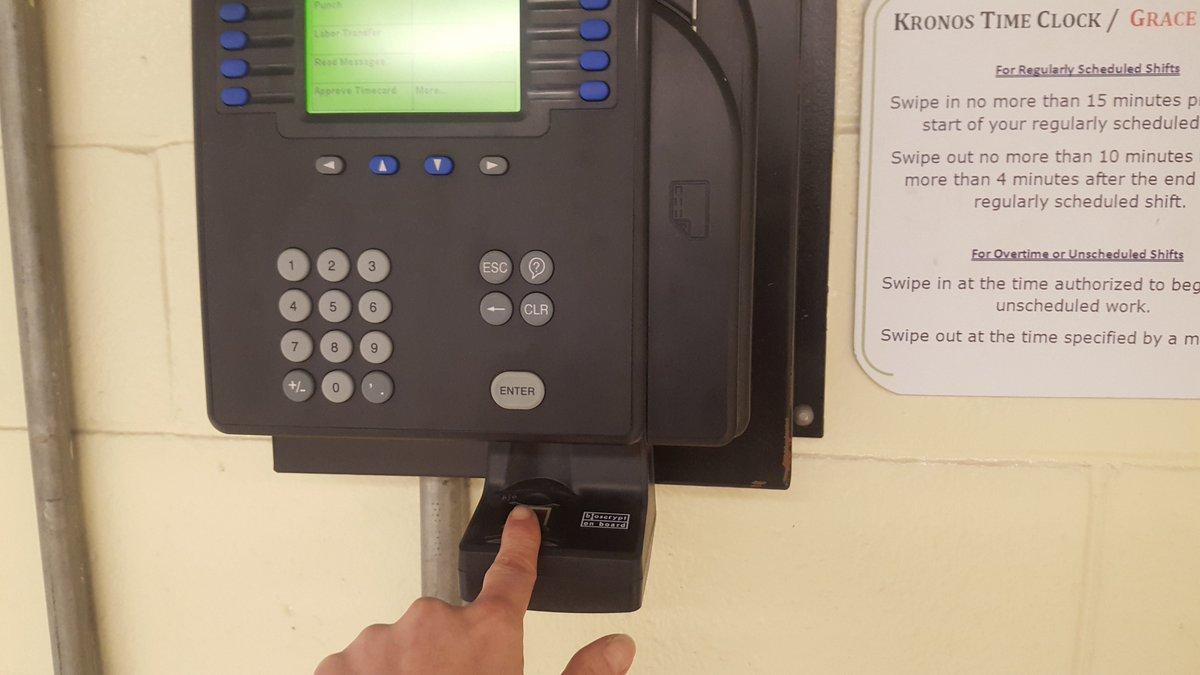Mobile technology continues to help remodel the construction industry.
From drones snapping aerial photos to safety improvements to employee clock ins, construction sites have become far more efficient in their day-to-day operations in part because of mobile technology.
Few construction executives, however, could have predicted that mobile technology would play such an important role as COVID-19 disrupted job sites across the nation. Employee safety was the primary concern for construction company BNBuilders. And Shawn Namdar, solutions engineer for the Seattle-based company, was deeply involved in creating a novel form of mobile technology that allowed his employer to keep people safe on the job.
Also read: Time and attendance management implementation is about more than just punching a clock
“When the initial lockdown went into effect in March, a small subset of our jobs and workers were categorized as essential, so we needed to determine a set of procedures for keeping them open and active while maintaining social distance and the recommended health checks,” Namdar said. 
Contact tracing mobile solution
Contact tracing presented a particularly difficult prospect to monitor, Namdar added. BNBuilders executives realized they needed a process to document people on location. With 850 total employees — 485 of whom are hourly and 730 assigned to job sites stretching from Seattle to the Bay area, Los Angeles and San Diego — they needed to track who came in contact with whom and whether anyone had been exposed to someone with symptoms.
Senior leadership sent everyone home and met for back-to-back working sessions to come up with a solution “fast,” Namdar said.
Also read: Automate how your staff clocks in and out
The meetings helped determine and establish a safe standard of job-site processes and operations that are compliant with government regulations, he added.
Separate solution from clocking in
“It was clear that we needed a sign-in process for all individuals on a job site,” Namdar recalled. The company had transitioned to digital time cards about six years ago, so this was a completely separate challenge, he added.
“Our IT director was in the meeting and interjected that a technology-based solution would allow us to maintain social distancing and prevent the spread of germs through shared pens and a sign-in sheet. That’s where I came in,” he said.
In one day, Namdar pulled together an on-site mobile check-in form developed using process automation software Nintex and presented a demo to his HR director and executive superintendent.

“The next day, the executive team approved the process and we were off to the races on the production side,” he said.
Also read: Building a safety policy was vital to Shawmut Design and Construction’s health.
When workers arrive at a job, there is a specific QR code and once scanned, the form populates with the specific information for a particular job site. Namdar also created a database for workers, and by just typing in their phone number, their information is pulled so multiple pieces of information don’t have to be re-entered each day.
“In just a few days, we went from zero entries to thousands,” he said. “In the six months since implementing this mobile check-in process, we have seen 144,000 form submissions.”
Complying with government guidelines
Initially HR played a large role in ensuring that the processes were compliant with government regulations and Centers for Disease Control and Prevention guidelines, he said.
“They paid close attention to the types and phrasing of the questions we asked,” Namdar said. “HR had a big hand in the vetting and rollout process to make sure it was a solution that was easy to use by all.”
As a general contractor, BNBuilders executives are responsible for the safety of everyone on the job site. Safety is the absolute top priority on their job sites and the contact tracing process is one key reason they can continue operating, he said.
BNBuilders’ offices are operating at minimal capacity and serving as a command center for safety and critical departments such as IT and accounting, he said.
Case study: Hoffer Plastics’ ‘family first’ philosophy puts people over profits.
“We’ve seen a lot of success with our office workers working from home,” Namdar said. We didn’t experience the initial productivity slump that was common within the industry because our organization had prioritized digital transformation before the pandemic.”
Adopting the mobile check in
Pivoting so quickly to the on-site mobile check-in process happened quickly since they had previous success with Nintex digital forms and workflows, he said. “Without it we would have been contact tracing with pen and paper and manually inputting that information at the end of each day,” he said. “I could create a custom web app in only a day, which could have taken three to four weeks if I was starting from zero.
“Technology speeds everything up and if organizations aren’t leveraging it, they are limiting themselves.”
Use a mobile solution to build and send your employee schedules in seconds. Workforce.com’s leading scheduling app allows you to optimize staffing levels and manage shifts with ease.






